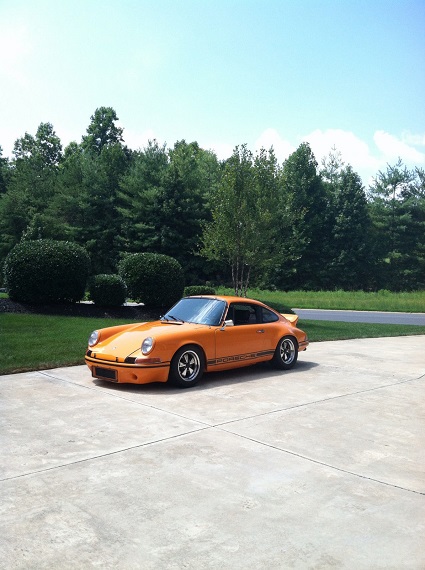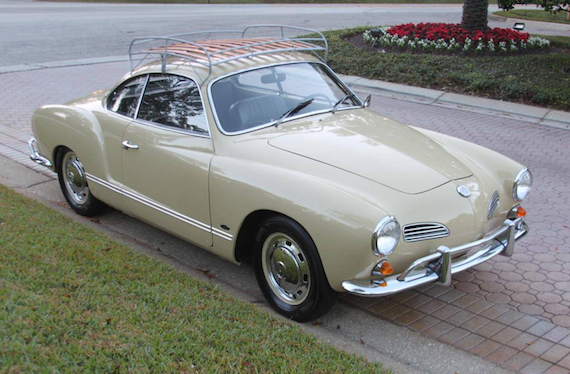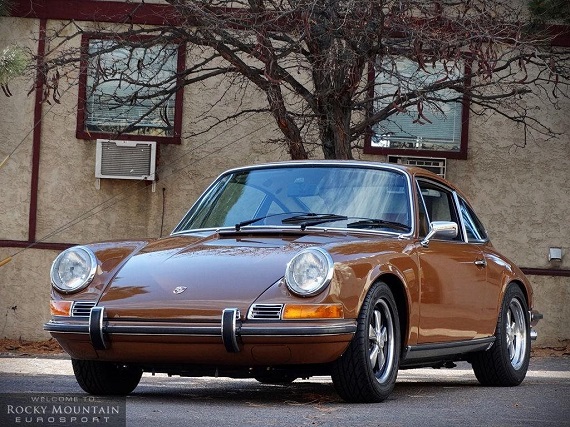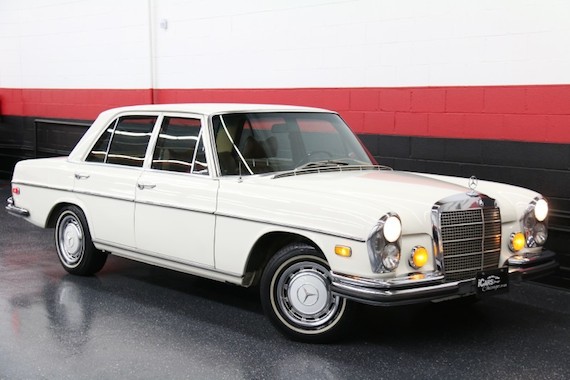A rather sad thing is happening within the Porsche world; the 911 is increasing in value so rapidly that its original dual purpose nature is being threatened. The 911 was, for some time, one of the few cars that really was effectively track-ready right out of the box. While it’s seldom been the all-out fastest circuit car available the 911 has been the dependable choice; lightweight with enough power to thrill you and enough idiosyncrasies to challenge you as a driver. Today I’ve rounded up two track-ready examples that still can be street driven; both 3.0s but with different yet classic interpretations of the 911 design, which is the winner?
Tag: 1972
Several Karmann Ghias are still kicking around my area in various states of care. One looks like it’s been daily driven since the early 70s, missing a few pieces of trim but still perfectly functional with no noticeable rust. One is almost entirely patina, like a rat rod but not trying so hard. The last is the rarest to see but still out there, perfectly clean, curvaceous, and complete.
Today’s beautiful Castilian Yellow example is on the latter end of the spectrum thanks to covering just under 50k miles in 47 years. The tan and chrome suit these cars well, and it’s hard to believe that the original paint can shine like this. The interior similarly looks perfectly vintage but hardly used. The wooden luggage rack is a cute look, but not for everyone. Ghias are beautiful and desirable cars, headturners for even the uninitiated and easy to maintain and modify thanks to their Beetle roots. If you’re collecting with an eye on resale value, a low-mileage original is the way to go.
Click for details: 1967 Volkswagen Karmann Ghia on Hemmings Classifieds
Comments closedThere is something strangely alluring about a brown 911. Maybe it’s the way the color looks on the early cars or maybe it’s the relative rarity of the color on modern cars. Either way I always find myself drawn into these ads spending far too much time going through detailed pictures of the car and wondering why they went out of style. Brown definitely is a period color most popular in the ’70s and early ’80s and while Porsche offers a few shades on their modern cars they are exceedingly rare and I cannot recall ever coming across one on the road. Today’s example comes from the 911’s original long-hood design, which tends to showcase their brown color exceptionally well: a restored Sepia Brown 1972 Porsche 911T, located in Denver, with Beige interior and 61,480 miles. The 1972 911 has the distinction of being the only year the 911 came fitted with an external oil filler and while I haven’t really seen much to suggest the market cares about that detail it is nonetheless an interesting piece of trivia and an additional talking point on these early examples.
CLICK FOR DETAILS: 1972 Porsche 911T Coupe on eBay
1 CommentI have a soft spot for the Bavaria. It’s not because it’s the best looking BMW from the 1970s, or the fastest. It’s not the most collectable, either – but as a result, the Bavaria might just be the rarest of the 1970s BMWs. To me, I can appreciate this coming from a background of loving Audis – most of which are quite rare today. The look of the Bavaria is even very similar to the Audi 100, and like the 100 very few examples are left kicking around. But the Bavaria was nonetheless an important move for BMW, taking on the larger executive market with an upscale big-body 4-door:
CLICK FOR DETAILS: 1972 BMW Bavaria on eBay
1 CommentI’ve referenced the 2000 Mercedes-Benz C280 that my mother has owned for the last 14 years on occasion here at GCFSB. It’s been a dependable machine, racking up close to 130,000 miles so far and not skipping a beat. No matter how many new cars I may get behind the wheel of, each time I’m reacquainted with the C280, it’s like meeting up with an old friend. It is just a comfortably reassuring automobile. I like to think of the W202 and the G-class, which is still in production, as some of the last true Mercedes-Benzes, carrying on with DNA from cars like this 280SE we see here for sale in Illinois. Other than the fact they both have 2.8 liter six cylinder engines, on the surface there isn’t much in common. Dig deeper, however, and it becomes apparent why these kind of cars are still driven daily and have been in families for years as heirlooms, handed down from generation to generation.




